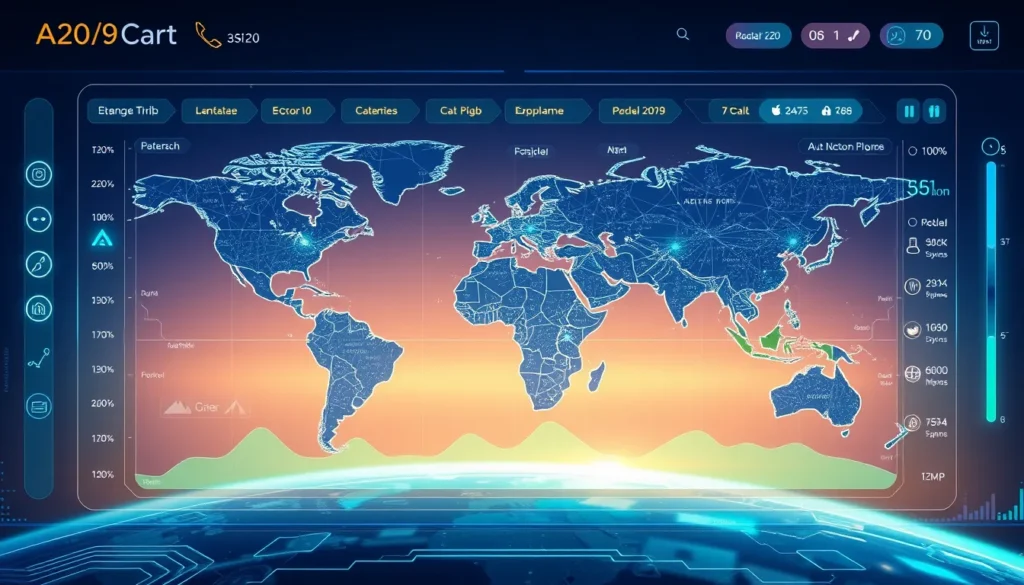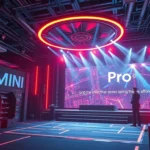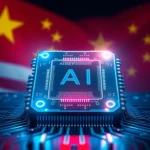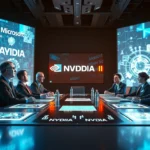Now Reading: Nvidia AI Factory: Overcoming Inference Wars Challenges
-
01
Nvidia AI Factory: Overcoming Inference Wars Challenges
Nvidia AI Factory: Overcoming Inference Wars Challenges
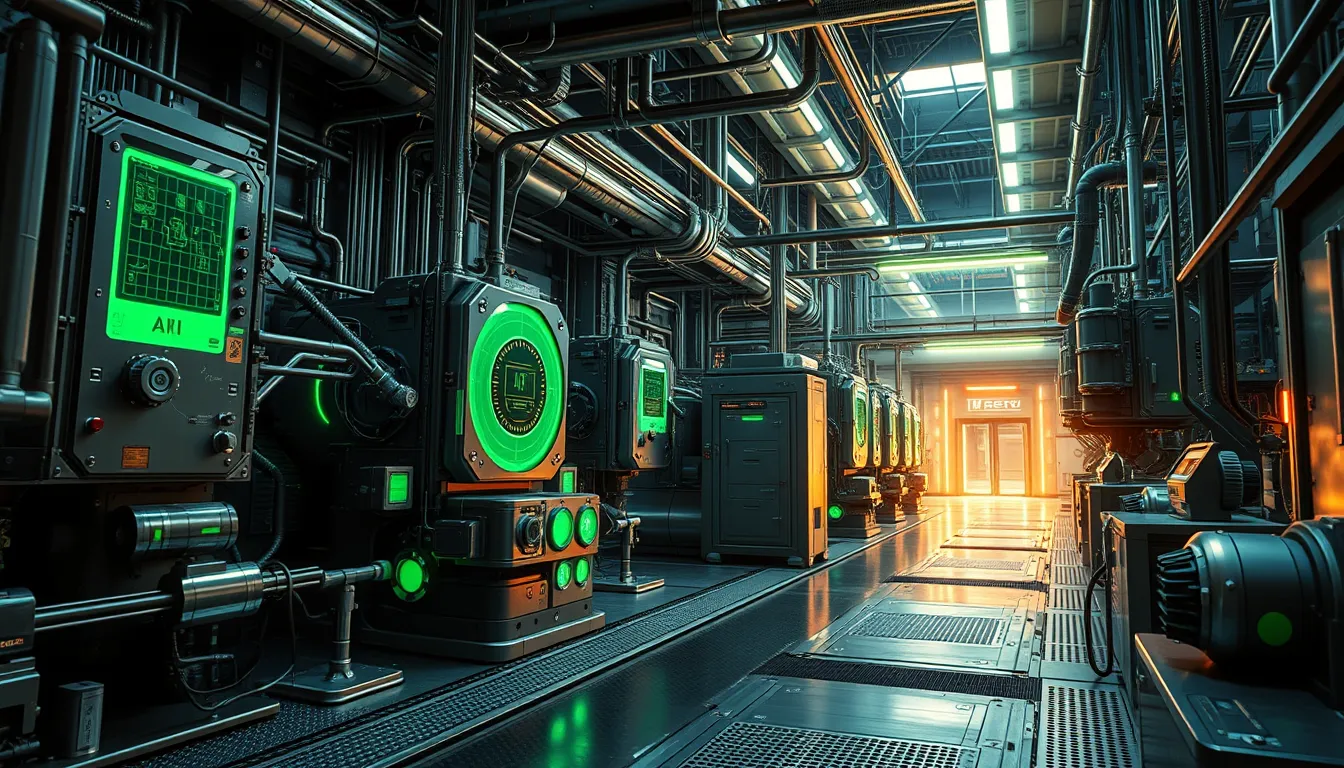
Nvidia AI Factory: Overcoming Inference Wars Challenges
The technological landscape in artificial intelligence is in constant evolution. At the forefront of this change is the Nvidia AI Factory—a breakthrough initiative aimed at revolutionizing the management and delivery of AI workloads. With bold claims of achieving unprecedented margins under ideal circumstances, the Nvidia AI Factory is a topic that is drawing significant attention, especially as it faces headwinds from fierce inference wars and rapidly shifting market dynamics.
Understanding Nvidia AI Factory and Its Promises
At the Transform 2025 conference, Nvidia introduced its pioneering vision of an AI Factory designed to optimize GPU designs and streamline AI workloads. The Nvidia AI Factory integrates cutting-edge hardware with advanced software solutions to drive operational efficiencies. With a promise of reaching up to 70% margins under optimal conditions, this initiative has sparked both excitement and skepticism among industry experts. However, success in the real world demands consistent performance and scalability, two factors that are critical as the company navigates the evolving challenges in the inference phase of AI deployment.
The Battle of Inference Wars: Industry Shifts and Challenges
The term “inference wars” is increasingly appearing in boardroom discussions and tech forums. Traditionally, Nvidia has been recognized for its strength in AI training, but the inference phase—where models generate real-time predictions—presents unique challenges. The Nvidia AI Factory now must contend with:
- Increased competition in hardware acceleration
- The rising complexity in integrating heterogeneous AI deployments
- Volatile hardware costs and licensing expenses
The ongoing struggle, commonly referred to as the inference wars, is putting significant pressure on the Nvidia AI Factory to maintain its edge. Industry analysts have noted that while the promises of ultra-high margins are appealing, real-world implementation will test the robustness of Nvidia’s operational efficiencies and its innovative GPU designs.
Impact on AI Workloads and GPU Designs
In today’s tech ecosystem, the breadth of AI applications spans cloud data centers, enterprise systems, mobile, and edge computing. Each environment presents distinct challenges in performance, energy consumption, and integration complexities. The Nvidia AI Factory must, therefore, exhibit a high degree of adaptability to meet these diverse needs. ASIC innovations, scalable GPU designs, and finely-tuned software optimizations are essential to ensure that AI workloads are processed efficiently and accurately.
As Nvidia continues to push the envelope, the competition intensifies. Not only are traditional rivals investing in advanced semiconductor design, but startups are also emerging with disruptive technologies. This competitive pressure forces Nvidia to refine its strategies continually. By leveraging its extensive network of partnerships with major cloud service providers and tech enterprises, the Nvidia AI Factory is positioned to harness collective innovation. Still, it must tread carefully to avoid margin compression due to rising operational costs.
Sustainability of 70% Margins in AI
One of the boldest claims of the Nvidia AI Factory is its potential to sustain 70% profit margins in AI under ideal conditions. Several factors play into this projection, including:
- Advanced GPU designs that reduce energy consumption.
- Streamlined AI workload processes that cut down processing time.
- Robust operational efficiencies achieved through integrated software solutions.
However, the sustainability of such margins has been met with skepticism. Real-world scenarios involve unpredictable variables such as volatile hardware costs and fluctuating market demands. Analysts urging caution emphasize the need for a balanced approach to deploying these technologies in a cost-effective manner.
Challenges in AI Inference Phase and Integration Complexities
Another critical factor is the inherent challenge in the AI inference phase. Although the Nvidia AI Factory’s framework promises high performance, actual deployment reveals issues such as integration complexities in heterogeneous AI deployments and the impact of inconsistent performance metrics across diverse operational environments. The need to harmonize these elements while meeting user expectations requires continuous innovation and close collaboration between hardware and software teams.
Key challenges include:
- Mitigating the impact of volatile hardware costs
- Overcoming integration complexities
- Managing the economic trade-offs in mixed deployment environments
By addressing these challenges directly, Nvidia can refine its approach to the Nvidia AI Factory, ensuring that it not only meets but exceeds industry expectations.
Insights from the Transform 2025 Conference
The Transform 2025 conference highlighted critical trends and innovations impacting the Nvidia AI Factory. Industry leaders discussed how advancements in GPU designs and operational efficiencies could transform AI workloads, setting new benchmarks for performance and scalability. The conference also underscored the urgent need to address AI deployment challenges, including the balancing act between technological innovation and economic viability.
Conclusion – The Future Path for Nvidia AI Factory
In conclusion, the Nvidia AI Factory stands at a pivotal juncture in the rapidly evolving world of AI. While the promise of 70% margins is enticing, the realities of inference wars, integration challenges, and competitive pressure serve as a stringent test of Nvidia’s strategic vision. As the technology landscape continues to mature, the success of the Nvidia AI Factory will depend not only on its ability to innovate but also on its agility in adapting to real-world complexities. Only time will tell if this ambitious initiative can translate bold forecasts into sustainable success in the throes of an ever-competitive market.
The journey of the Nvidia AI Factory is a testament to how revolutionary ideas are constantly being scrutinized and refined in the crucible of market dynamics. With each advancement, Nvidia paves the way for the next generation of AI workloads, ensuring that innovation remains at the core of technological progress.




